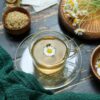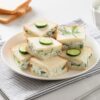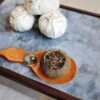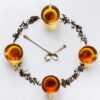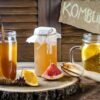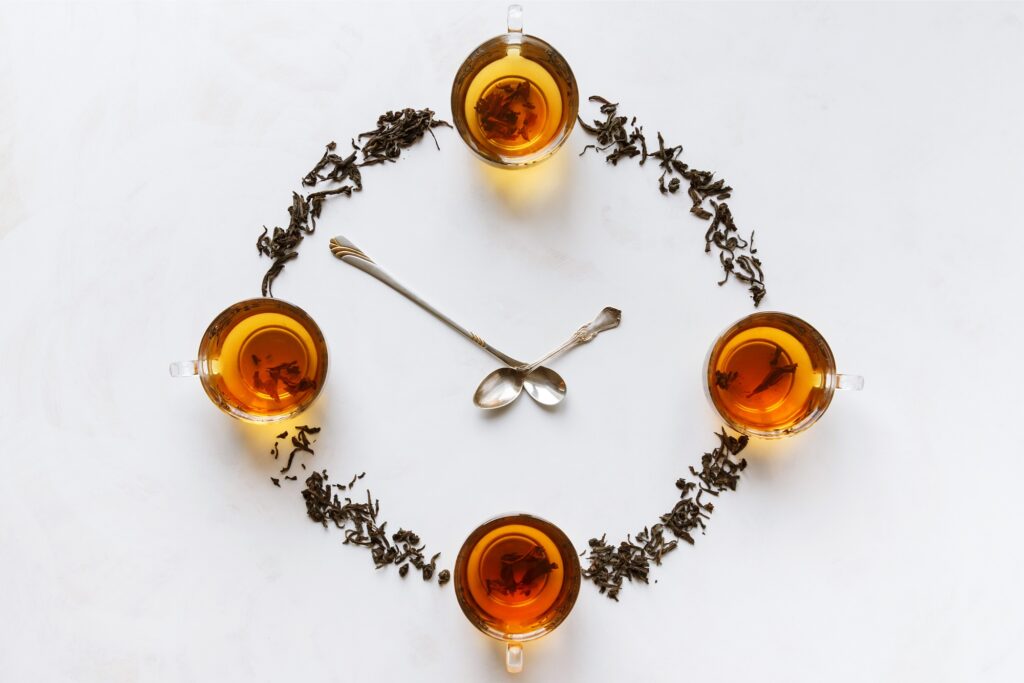
Delicately stirring the aromatic brew of tea, the tea spoon plays a vital role in the art of tea preparation. From ancient times to the modern era, this humble utensil has remained a steadfast companion in the pursuit of tea perfection. In this article, we delve into the journey of the tea spoon, tracing its origins and uncovering the significance it holds in the tea-drinking experience.
Throughout history, various cultures have developed unique tea spoon designs, ranging from the intricate and ornate to the simple and functional. We explore the different styles and their cultural nuances, from the traditional Chinese “gongfu” spoon to the elegant Japanese “chashaku.”
In addition to its aesthetic appeal, the tea spoon serves a practical purpose in tea preparation. It allows for accurate measurement of loose leaf tea, ensuring consistent flavor and strength. The delicate stirring motion aids in the infusion process, enabling the tea leaves to release their full potential.
Whether you are a seasoned tea connoisseur or just beginning your journey into the world of tea, understanding the role of the tea spoon will deepen your appreciation for this timeless beverage. Join us as we embark on a sensory exploration, discovering the intricate relationship between the tea spoon and the perfect cup of tea.
Origins of the tea spoon
The tea spoon has a rich history that dates back centuries. While the exact origins are unclear, tea spoons have been used in tea-drinking traditions across different cultures. In ancient China, the birthplace of tea, tea spoons were an integral part of the “gongfu” tea ceremony. These spoons were traditionally made from bamboo and were designed to measure and transfer the loose leaf tea with precision.
As tea spread to other parts of the world, the tea spoon evolved to suit different cultural preferences and practices. In Japan, the “chashaku” became the preferred tool for measuring powdered matcha tea. Made from bamboo or wood, the chashaku is a slender spoon with a curved end, allowing for easy scooping and precise measurement.
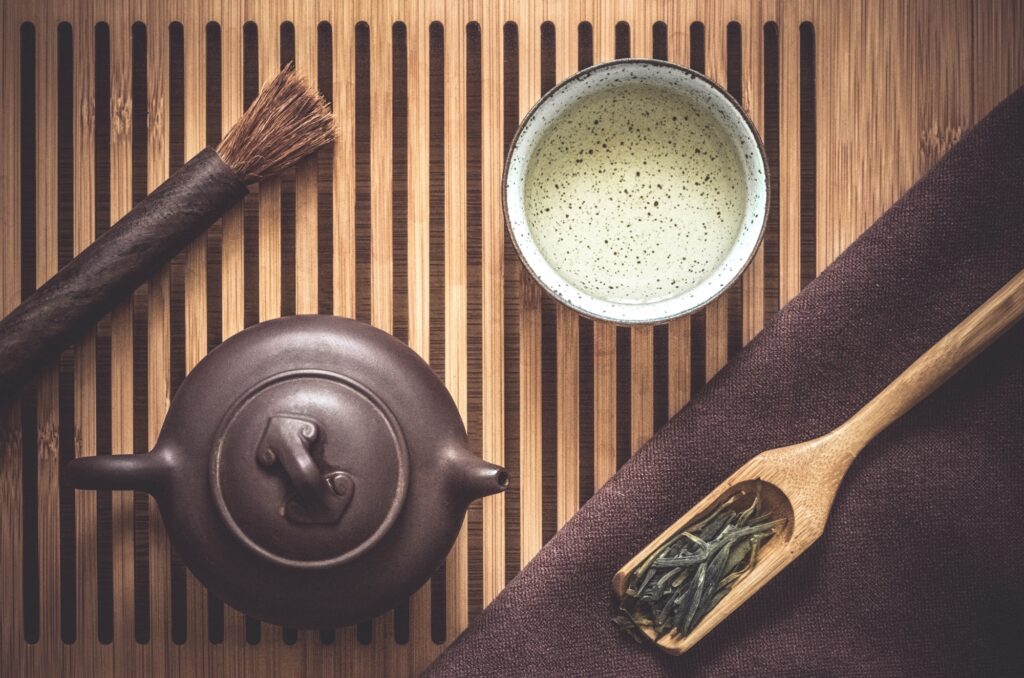
Types of tea spoons
Tea spoons come in various shapes, sizes, and materials, each with its own unique characteristics. The choice of tea spoon often depends on the type of tea being prepared, as different teas require different measurements and handling.
1. Traditional Chinese Gongfu Spoon: The gongfu spoon is a small, shallow spoon with a long handle. It is typically made from bamboo or ceramic and is used to measure and transfer loose leaf tea during the gongfu tea ceremony.
2. Japanese Chashaku: The chashaku is a thin, elongated spoon made from bamboo or wood. It is mainly used for measuring powdered matcha tea in the Japanese tea ceremony.
3. European Teaspoons: The classic European teaspoon, commonly used in tea-drinking traditions across the Western world, is a small, rounded spoon made from stainless steel or silver. It is designed for stirring tea in a cup.
Choosing the right tea spoon for different types of tea
When it comes to choosing the right tea spoon for different types of tea, it’s important to consider the specific requirements of each tea variety. For example, delicate green teas may require a smaller spoon to ensure precise measurement, while larger leaves or herbal blends may necessitate a larger spoon to accommodate their volume.
Additionally, the material of the tea spoon can also impact the taste and experience of the tea. Some tea enthusiasts believe that certain materials, such as bamboo or ceramic, can enhance the flavor profile, while others prefer the simplicity and durability of stainless steel or silver spoons.
Proper use and handling of tea spoons
To ensure the best possible tea experience, proper use and handling of tea spoons are essential. Here are some guidelines to consider:
1. Use a clean and dry tea spoon for measuring and stirring tea. Residue from previous use can affect the flavor of the tea.
2. Hold the tea spoon by the handle to avoid contaminating the spoon’s bowl with your fingers.
3. When measuring loose leaf tea, gently scoop the desired amount using the back of the spoon, leveling it off for accuracy.
4. Stir the tea gently in a circular motion, allowing the tea leaves to infuse evenly. Avoid vigorous stirring, as it can lead to an over-extraction of tannins and a bitter taste.
5. After use, clean the tea spoon thoroughly with warm water and mild soap. Avoid using abrasive materials or harsh chemicals, as they can damage the spoon’s surface.
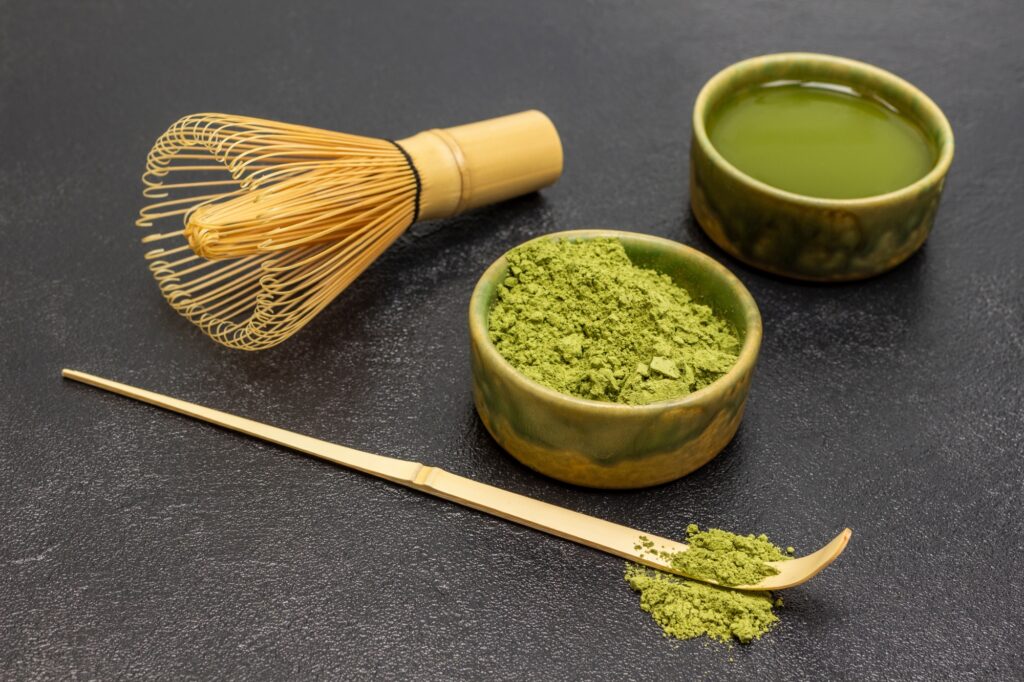
Tea spoon etiquette and cultural significance
Tea spoon etiquette varies across cultures and tea-drinking traditions. In some cultures, such as Japan, it is customary to hold the tea spoon in a specific manner and present it with respect during the tea ceremony. In other cultures, the tea spoon may simply serve as a functional tool, with no specific etiquette associated with its use.
Regardless of cultural practices, the tea spoon holds significance in the tea-drinking experience. It symbolizes precision, attention to detail, and a commitment to achieving the perfect cup of tea.
Notable tea spoon designs and collections
Over the years, many notable tea spoon designs and collections have emerged, showcasing the creativity and craftsmanship of artisans. From intricate hand-carved spoons to modern minimalist designs, there is a wide range of options for tea enthusiasts to explore.
Some notable collections include antique silver tea spoons with intricate engravings, contemporary ceramic spoons with vibrant patterns, and handcrafted wooden spoons with unique textures. These collections not only add beauty to the tea-drinking ritual but also serve as treasured heirlooms and collectibles for tea lovers around the world.
Tea spoon care and maintenance
To ensure the longevity of your tea spoons and preserve their beauty, proper care and maintenance are essential. Here are some tips to keep in mind:
1. Clean your tea spoons after each use to prevent the buildup of tea stains or residue. Use warm water and mild soap, and gently scrub the spoon with a soft cloth or sponge.
2. Avoid using abrasive materials or harsh chemicals, as they can scratch or tarnish the surface of the spoon.
3. Dry the tea spoons thoroughly after washing to prevent water spots or corrosion.
4. Store the tea spoons in a dry and clean place, away from direct sunlight or extreme temperatures.
By following these simple care and maintenance practices, your tea spoons will remain in excellent condition, ready to enhance your tea-drinking experience for years to come.

